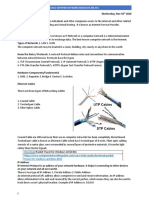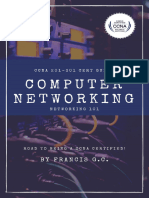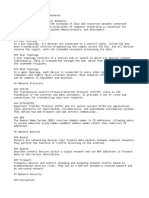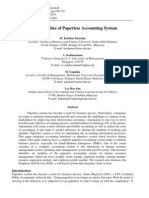0% found this document useful (0 votes)
53 views8 pagesDevops Networking Essentials
The document outlines essential networking concepts for DevOps engineers, including the OSI model, key protocols (TCP, UDP, IP), ports, subnetting, routing, DNS, and VPN. It emphasizes the importance of understanding these concepts for effective network management, security, and troubleshooting. Additionally, it lists must-know networking tools that aid in monitoring and analyzing network performance.
Uploaded by
snowzoulCopyright
© © All Rights Reserved
We take content rights seriously. If you suspect this is your content, claim it here.
Available Formats
Download as PDF, TXT or read online on Scribd
0% found this document useful (0 votes)
53 views8 pagesDevops Networking Essentials
The document outlines essential networking concepts for DevOps engineers, including the OSI model, key protocols (TCP, UDP, IP), ports, subnetting, routing, DNS, and VPN. It emphasizes the importance of understanding these concepts for effective network management, security, and troubleshooting. Additionally, it lists must-know networking tools that aid in monitoring and analyzing network performance.
Uploaded by
snowzoulCopyright
© © All Rights Reserved
We take content rights seriously. If you suspect this is your content, claim it here.
Available Formats
Download as PDF, TXT or read online on Scribd
/ 8






















































































